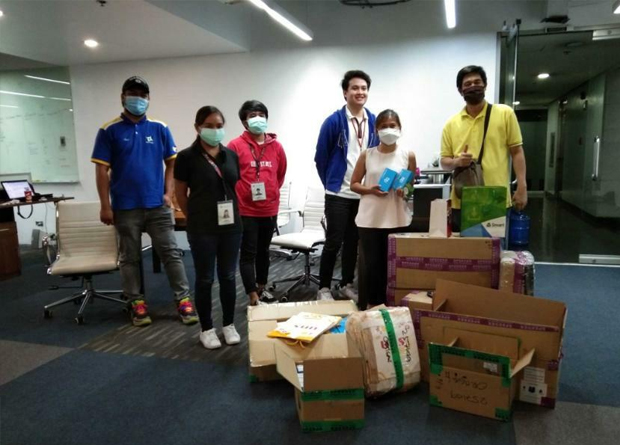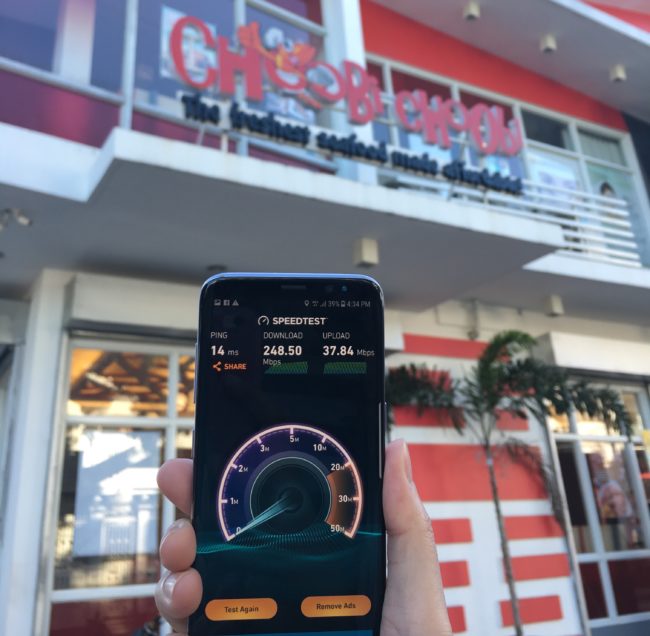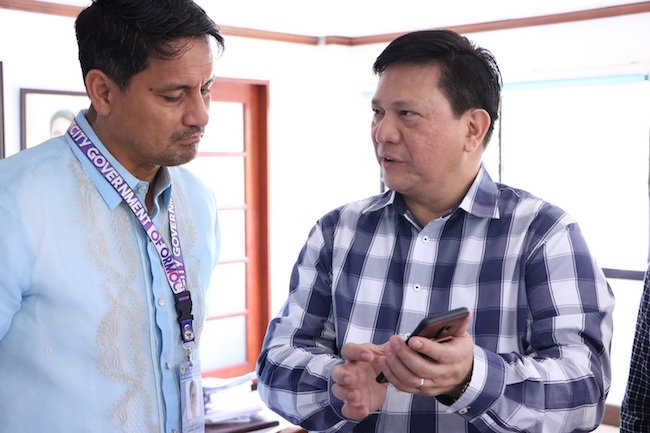A new research facility that will address IP network delivery of content and services, and provide content creators with a testbed for optimizing the user experience of interactive media was formally commissioned by the Ateneo de Manila University and its partners including the Department of Science and Technology’s Information and Communication Technology Office (DOST-ICT Office) last July 22, 2014.
Located at Ateneo’s Electronics, Computer and Communications Engineering Department’s Network Testing Lab, the new Convergent Platforms and Network Media Testbed (CP-NM) focuses on development of interactive media and services across numerous platforms, new content creation, and sharing over the Internet.
New content from local creators, in particular, can be optimized for presentation on several platforms – smart phones, tablets, digital signage and theater screens, and in different revenue bearing schemes. The testbed can deliver broadband interactive content by Digital Broadcast, Broadband Wireless, Fiber Optics and 4G.
Aside from DOST’s ICT Office, Ateneo Innovation Center’s other partners for the building of the CP-NM are PLDT, NTT-Japan, Oki Electric Ltd., Asia Pacific Telecommunity, Telecommunications Technology Committee, and Ionics, Inc., Philippines.
In collaboration with Engr. Cesar Pineda, Prof. Gregory Tangonan and Laboratory Director Dr. Nathaniel Libatique, Dr. Hideki Yamamoto and an Oki Electric Ltd. team developed and configured a state-of-the-art and easily deployable headend system capable of HDTV and wireless rich content streaming with live encoding using portable and international standards-compliant components.
With this as a base, the Ateneo is designing a complementary capability that solves the lack of reliable and high bandwidth access at the edge of the network via its Near Cloud Architecture.
This approach fits very well with the TV white space initiative of DOST’s ICT Office, according to ICT Office Director Phillip Varilla.
TV white spaces are unused TV frequencies in the VHF and UHF bands. The ICT Office supports the use of TV white spaces for wireless data communication as the signals can travel over bodies of water and through lush vegetation, thus bringing connectivity to rural areas within the Philippine archipelago. Moreover, TV white spaces can also be used for government initiatives requiring data connectivity like Project NOAH.
Updates on its TV White Space project were provided by ICT Office during the partnership launching.
Ateneo’s new laboratory is a gadgeteer’s dream – with video encoders for IPv6, digital broadcast TV transmitters with handset and tablet receivers, Apple TV and Google Chromecast working together and Ateneo-Ionics’ newly conceptualised Near Cloud Servers operating seamlessly. It brings state-of-the art network delivery platforms and the latest home network and personal computing gear into a single interactivity media testbed.
New IPTV channels demonstrate how people can react to content on any platform using their ever present ‘second screen’ – their smartphones. This shows how the convergence of multiple platforms of information delivery lead to a rich diversity of reactions to content.
The CP-NM Laboratory is already demonstrating how local government units (LGUs) can use the ISDB-T system for e-government services. In remote areas or in times of disaster, broadband content may come from two-way VSAT communications and satellite broadcast and the LGUs can rebroadcast content locally over ISDB-T or over Near Cloud distribution.
Graduate student Jose Paolo Talusan measured how the Near Cloud server with a terabyte of preloaded content – maps, school curriculum and medical information – placed in remote schools, LGUs and hospitals, can serve as a powerful local ICT hub with “super Internet” experience. With a relatively ‘slow’ Internet connection, users can best use this instantaneous bandwidth for interactivity – voice or video consulting – rather than transmission of movies, high-resolution images, and curriculum. The researchers will implement these new ICT approaches in decision support systems in disaster areas.
Meanwhile, graduate student Benjz Gerard Sevilla, using the IPTV system connection to Sendai, Japan, enabled 50 disabled persons to interact live, and present their paper in an international conference for the disability-inclusive response to disasters.
“As a research institution connected to the Philippine Research, Education and Government Information Network (PREGINET) of DOST-ASTI (Advanced Science and Technology Institute), Ateneo de Manila University is ready for these remote international correspondences, best exemplified by the research activities of the CP-NM Facility,” he said.















































































































